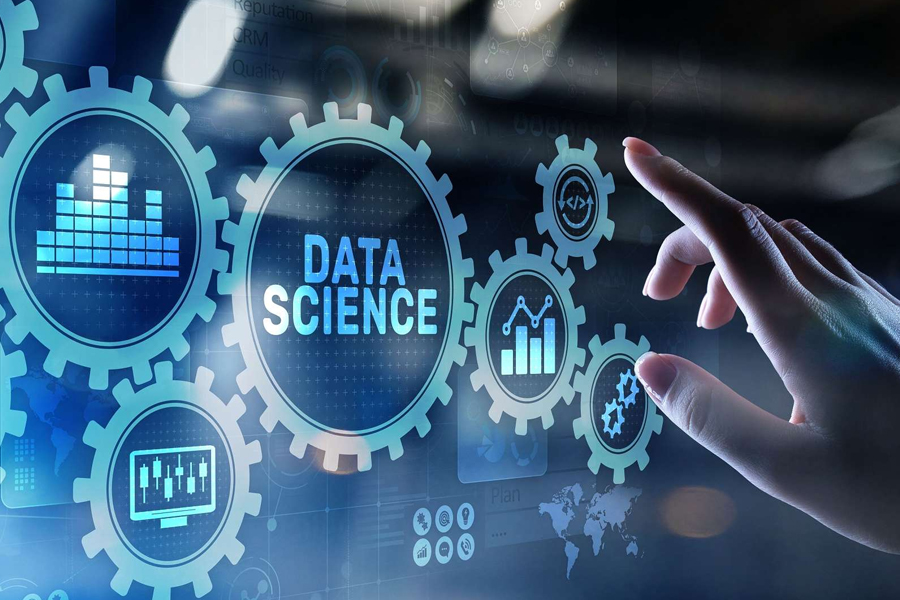Edge computing is transforming how we handle data in the modern world. Unlike traditional cloud computing, which relies on centralized data centers, edge computing brings data processing closer to the source. This means that data is analyzed and processed on local devices or edge servers rather than being sent to a distant cloud. If you’re exploring a data science course in Pune, learning about edge computing could be vital for your future career in data science.
Why Edge Computing Matters
Edge computing is actively gaining traction due to its efficiency and speed. By processing data locally, edge computing reduces the latency often associated with sending data to a centralized cloud. This is crucial for applications demanding real-time data analysis, such as autonomous vehicles or smart manufacturing. With edge computing, decisions can be made rapidly, improving overall system performance and user experience.
The Impact on Data Science
In the realm of data science, edge computing introduces new possibilities. Data scientists are increasingly utilizing edge devices to gather and analyze data on-site. This shift allows for more immediate insights and quicker response times. For instance, in smart cities, edge computing helps in real-time traffic management by processing data from traffic cameras and sensors right at the edge.
Advantages of Edge Computing
Edge computing offers several advantages. First, it enhances data processing speed. Since data doesn’t need to travel long distances, latency is minimized. Second, it improves security and privacy. Processing data locally reduces the amount of sensitive information sent over networks, which can lower the risk of data breaches. Finally, it helps in reducing bandwidth costs by decreasing the volume of data transmitted to and from the cloud.
Challenges and Considerations
Despite its benefits, edge computing also presents challenges. One major issue is the management of edge devices. Unlike centralized systems, edge computing involves numerous distributed devices, which can be difficult to monitor and maintain. Additionally, ensuring data consistency across various edge nodes can be complex. Data scientists must develop strategies to address these issues while leveraging the benefits of edge computing.
Real-World Applications
Edge computing is making waves across various industries. In healthcare, edge devices can monitor patient vitals in real-time, allowing for immediate medical interventions. In retail, edge computing helps in analyzing customer behavior at the store level, leading to more personalized shopping experiences. For those pursuing a data scientist course, understanding these applications can provide valuable insights into how edge computing is utilized in different sectors.
Career Opportunities in Edge Computing
The rise of edge computing opens up new career opportunities. If you’re interested in pursuing a data scientist course, you’ll find that knowledge of edge computing can be a significant advantage. Data scientists with expertise in edge computing are in high demand as organizations look to harness the power of local data processing. Careers in this field might involve working on edge devices, developing algorithms for real-time data analysis, or optimizing data workflows for efficiency.
The Future of Edge Computing
Looking ahead, edge computing is expected to grow rapidly. Advances in technology will likely enhance the capabilities of edge devices, making them even more powerful and efficient. The integration of edge computing with other technologies, such as the Internet of Things (IoT) as well as artificial intelligence (AI), will further expand its potential. For students and professionals alike, staying informed about these developments will be crucial for leveraging edge computing in future data science projects.
Conclusion
Edge computing is actively reshaping the landscape of data science by enabling faster and more efficient data processing. With its ability to reduce latency and enhance security, edge computing is becoming a key component in modern data-driven applications. For those considering a data science course in Pune, understanding edge computing is essential. As technology evolves, staying up-to-date with these advancements will ensure that you remain at the actual forefront of the field. The growth of edge computing offers exciting opportunities and challenges, making it a vital area of focus for anyone in the data science domain.
Business Name: ExcelR – Data Science, Data Analytics Course Training in Pune
Address: 101 A, 1st Floor, Siddh Icon, Baner Rd, opposite Lane To Royal Enfield Showroom, beside Asian Box Restaurant, Baner, Pune, Maharashtra 411045
Phone Number: 098809 13504
Email Id: enquiry@excelr.com

